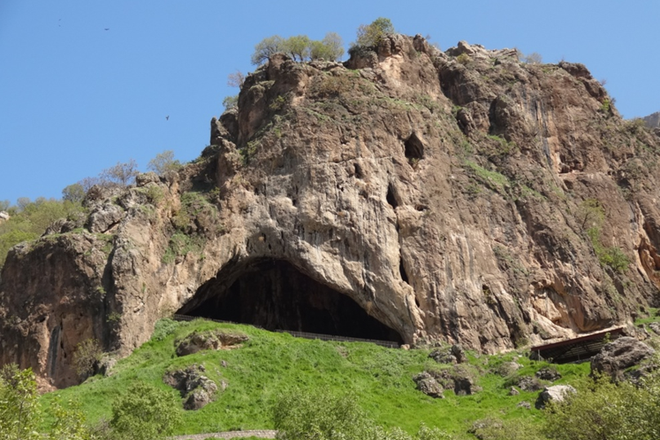UK (Birkbeck University of London) Oldest charred food ever found reveals cooking techniques 70,000 years ago

Archaeologists found that prehistoric people had a diverse diet in which plants played a major role.
A research team of archaeologists from Birkbeck, the University of Cambridge, Queen’s University Belfast and Liverpool John Moores University has revealed insights into the cooking techniques used by prehistoric humans.
Ancient, charred food at the Neanderthal and early modern human sites of Shanidar Cave, Iraq, and Franchthi Cave, Greece, was analysed using an electron microscope. Archaeologists discovered that Palaeolithic diets were diverse and prehistoric cooking was complex, involving several steps of food preparation.
Dr Tim Reynolds, Project Co-Investigator and Senior Lecturer in the Department of History, Classics and Archaeology, said: “Neanderthals have been seen as primitive, meat-eating creatures. We show here that they were capable of using and controlling fire, cooking and processing various foods, and certainly not limited to meat diets. It is their flexibility in the face of changing environments that saw them survive for well over 300,000 years.”
The archaeologists found that plants played a major dietary role, in contradiction to research that has often focused on the importance of meat in the diet of ancient hunter-gatherers. Wild nuts and grasses were often combined with pulses, like lentils, and wild mustard.
Flavour was important from an early date, and food preparation often included plants with bitter, sharp, tannin-rich tastes. However, the research team found that food was often made to taste better, with evidence of soaking, leaching and the pounding of pulses, for example.
The results of the analysis has been published in the journal Antiquity.
